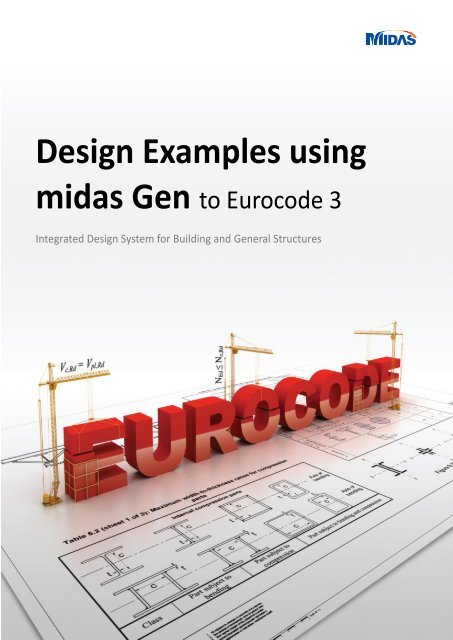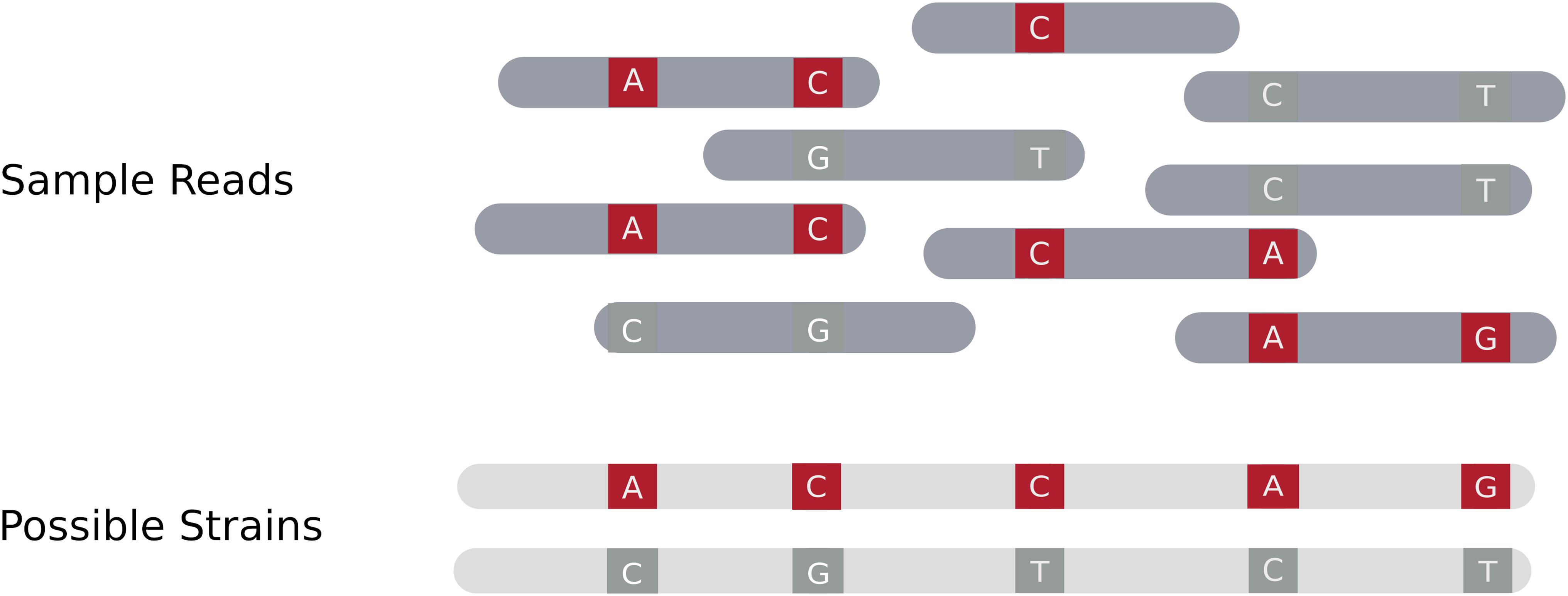

However, since speciation is an ongoing process and sampling genetic diversity of such lineages can be biased by collection scheme or random factors, it is important to evaluate the robustness of conclusions drawn on individual time samples. Previous analyses have demonstrated that allopatric processes led to species formation among the lakes of Nicaragua as well as sympatric speciation that is occurring within at least one crater lake. The Central American Midas cichlid fish species complex is an important case study for understanding the processes of speciation. Processes such as reinforcement, allopatric divergence, and assortative mating can proceed at different rates and with different strengths as populations diverge. This enables a stable progression to higher DOF, but it also includes multiple resampling and accompanied data loss from interpolation blurring.Speciation often occurs in complex or uncertain temporal and spatial contexts. Atlas_Xf2) as input to the next higher DOF transform. Alternatively you can use the lower DOF result (e.g.

.jpg)
Sample midas gen files registration#
Registration Phases: uncheck boxe for Rigid and instead check BSpline.Initialization Transform:select "Xf1_Affine" created above.Output Image Volume: create & rename new: Atlas_Xf2.Slicer BSpline Transform": create & rename new transform: Xf2_BSpline.tfm.click: Apply runtime Registration Phases: check box for "Rigid"', "Rigid+Scale" and "Affine".Slicer Linear Transform: create & rename new transform: Xf1_Affine.tfm.open the General Registration (BRAINS) module.Affine Registration: register atlas to T1.Movie/screencast showing rigid + BSpline registration.RegLib_C10_full.mrb: includes raw data + all solutions and intermediate files, use to browse/verify (Slicer mrb file.RegLib_C10.mrb: input data only, use this to run the tutorial from the start (Slicer mrb file.
Sample midas gen files full#
If you use the full dataset we recommend to choose different names for the images/results you create yourself to distinguish the old data from the new one you generated yourself. The full dataset includes intermediate files and results (transforms, resampled images etc.). Why 2 sets of files? The "input data" mrb includes only the unregistered data to try the method yourself from start to finish. Constraints become increasingly critical as DOF increases. We can constrain the deformation by either explicit limits on the absolute deformation amount or via a mask. We then proceed to nonrigid registrations of higher and higher DOF, stopping at the DOF where deformations become unreasonable. This is an example of inter-subject registration we seek to align a group atlas image with a structural reference T1.Īpproach: we first compute an affine alignment of the atlas to the T1.


 0 kommentar(er)
0 kommentar(er)
